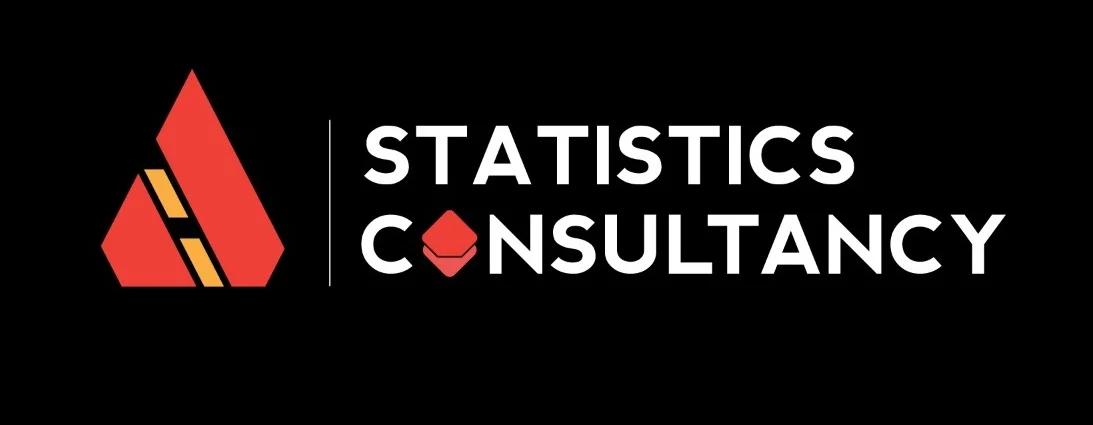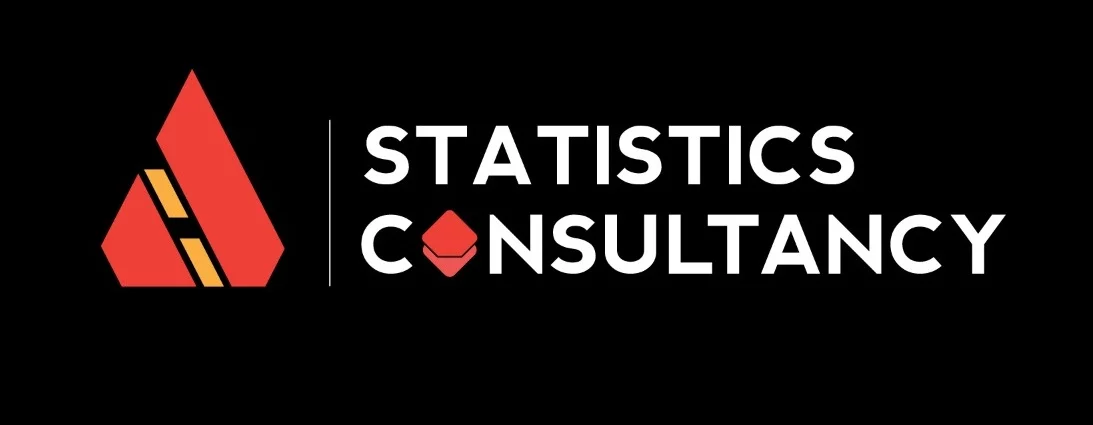
Introduction
The Writing Methodology Chapter explains the process undertaken to study a problem, including the rationale for selecting particular methods for data collection, processing, and analysis. This section enables the reader to comprehend and assess the research design, thereby providing validation for the study.
How to write methodology for a Quantitative Study?
- Quantitative research involves the measurement and quantification of a problem through the generation of numerical data that are typically analyzed using statistical methods.
- This statistical analysis is used to test hypotheses and establish relationships between variables. Quantitative research is often conducted among a large and diverse population using surveys, polls, or questionnaires, where participants are required to provide numerical responses.
- Therefore, this type of research is categorized under empirical or statistical studies.
The main characteristics of quantitative research Writing Methodology:
- Data is gathered using standardized instruments.
- The population under study is adequately represented by the sample sizes used.
- The research is focused on a clearly defined question or hypothesis.
- Studies are carefully designed before data collection begins.
- Numerical data is used to quantify the problem or research area and may be presented using charts, tables, graphs, etc.
- Data collection is typically done using surveys, questionnaires, or other structured methods.
A Methodological Chapter for a Quantitative Research Clearly and Precisely Describes The Following:
In what way was the data produced? How Did It Get Processed? What was the purpose of using the particular design?
When writing a methodology chapter, it is important to follow certain guidelines and use the past tense. The purpose of this chapter is to explain the methods used for data collection and provide readers with a clear understanding of the process.
- The methodology chapter is crucial because it validates the entire study. It should explain the rationale behind choosing a particular research design and ensure that the methods used are valid and conform to conventional research norms.
- The appropriateness of the chosen methods should be stated, considering the scale of the subject under investigation.
- Additionally, the chapter must detail any anticipated constraints and challenges before the study’s commencement, the measures taken to prevent these issues, and how any constraints that occurred were addressed to minimize their impact on the study’s outcome.
- Finally, concise information on replicating any specific method should be provided in the chapter.
The writing methodology for a quantitative study typically begins by restating the research question and providing its context.
- The methodology chapter usually begins with a restatement of the research question and its context. This section helps the reader understand the overall purpose of the study and how the research question fits into the broader research area.
- The next section of the methodology chapter is the research design, which provides a detailed description of the methods used to gather, process, and analyze the data. The researcher may also justify the appropriateness of the research design, explaining why the selected methods were the best choice to answer the research question.
- The pilot study section provides information on a preliminary study conducted before the actual study to test the feasibility of the methods used and make necessary adjustments.
- The sampling strategy section provides information on how the participants or data sources were selected and how many were included in the study. The instrument design section describes the tools or measures used to collect data, such as questionnaires, surveys, or interviews. The data analysis section explains how the data was processed and analyzed, such as using statistical software or content analysis.
- The ethical considerations section explains the measures taken to protect the participants’ privacy and obtain their informed consent, ensuring that the study adheres to ethical standards.
- Finally, the problems and limitations section informs the reader of any anticipated or unexpected issues that arose during the study, including constraints or limitations in the methodology that may have affected the study’s overall validity or reliability.
- Overall, the methodology chapter provides a detailed account of how the study was conducted, allowing the reader to evaluate the methods used and the quality of the study’s findings.

